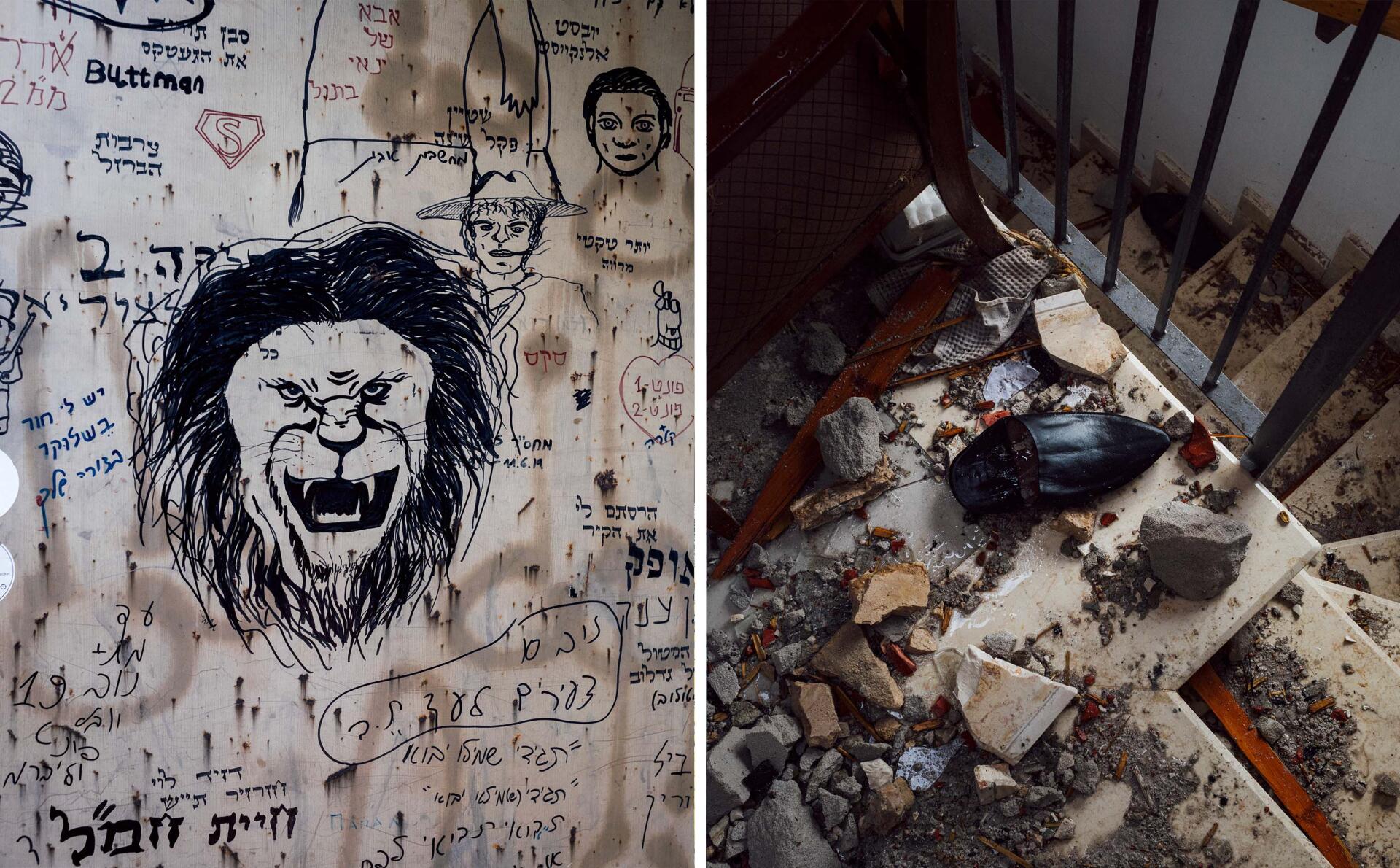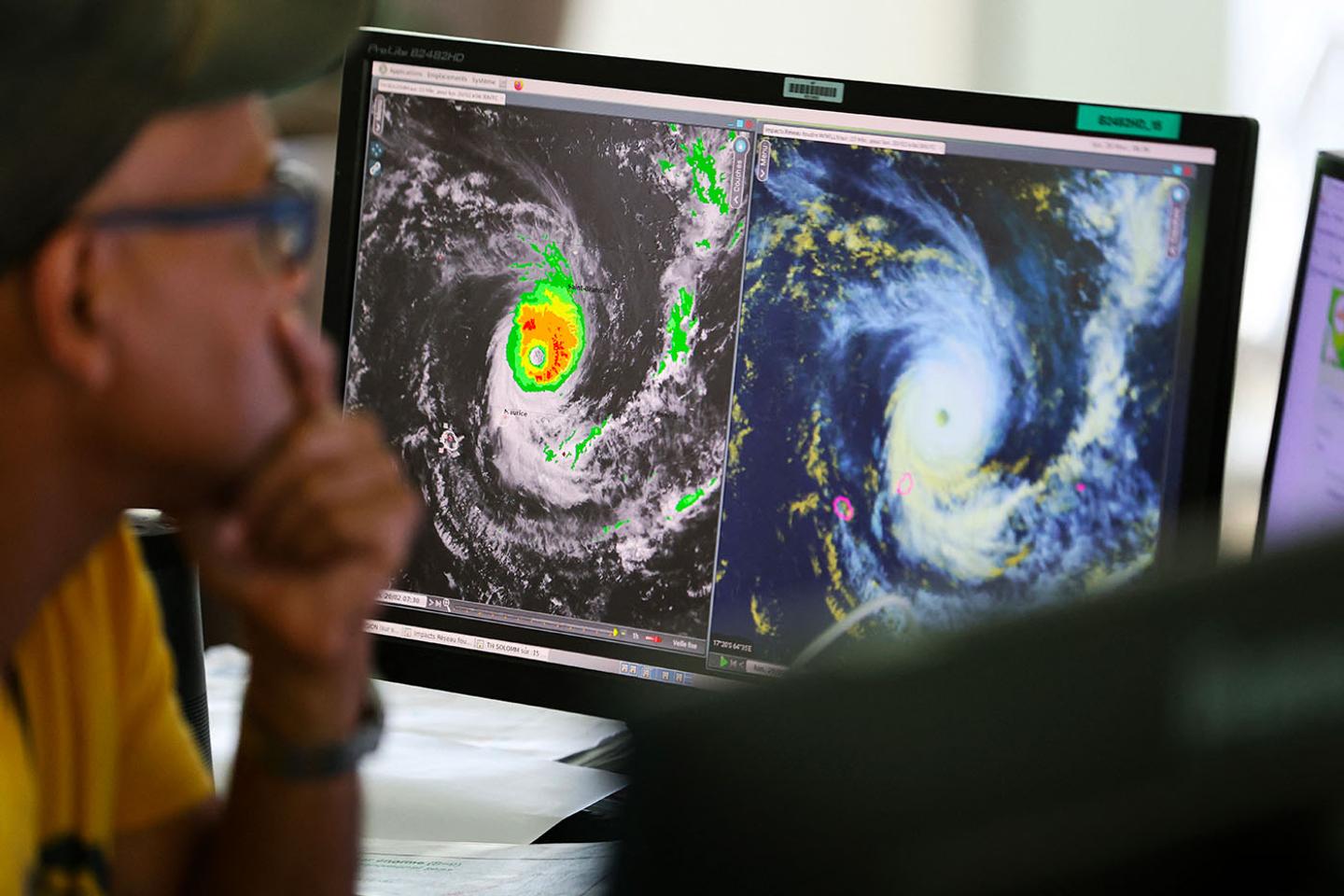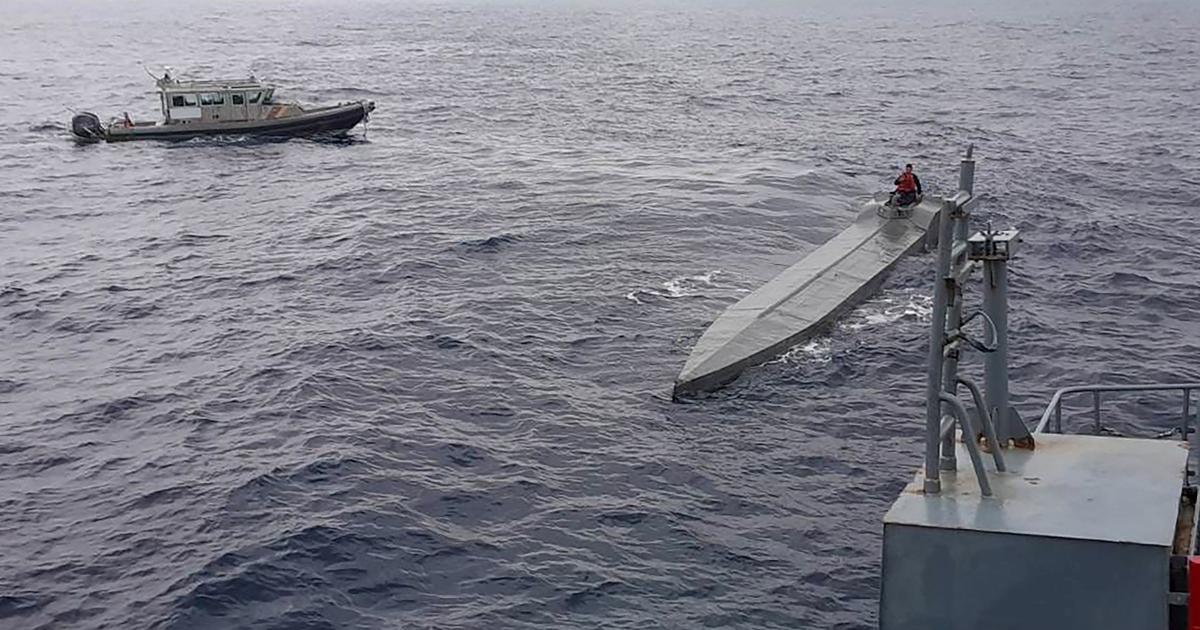Israel and Hezbollah’s “Phony War”

In the icy wind that rushes between the peaks, torrential rain competes for the sky with glorious floods of light. No one is in a rainbow mood at Hanita, a desert kibbutz in Israel’s mountainous north. Under the arbor of a house punctured by a Hezbollah rocket fired from neighboring Lebanese territory, Lieutenant-Colonel Dotan tries to trace the origin of the shots that rang out in the mountains. Lebanon is a few hundred meters away. The kibbutz straddles the “blue line”, the border drawn by the UN.
In mid-January, a small group of journalists were invited to tour the site, here on the “Northern Front,” even though there weren’t many people there to see. The vision lens factory, below, has moved. Following a Hamas attack on October 7, 2023, residents were evacuated three months ago for fear of infiltration by Hezbollah fighters – particularly the elite Radwan unit. The attempt was not made, but tension remains due to regular firing of rockets, 120 mm mortar shells and especially anti-tank weapons at various points along the border.
Hanita is home to bicycles, abandoned gardening tools and big-bellied cats, fed by soldiers, most of whom are reservists. Several thousand of them are deployed in this strange war, made up of waiting and local threats. “They have fired 800 rockets at Israel since October”, says the colonel, when a new explosion occurs. This time the arrival of anti-tank missiles. Soldiers respond from the kibbutz with their automatic weapons.


In peacetime, the lieutenant colonel is a professor at a military college. In his hand is an old military manual that lists basic tactical elements. “Since all our reservists come from the world of start-ups and universities, it must sound strange, but given our situation, I had to give them this basic knowledge: how to dig. fox hole (Individual Hole for Infantry) And protect yourself there, for example. » After decades of high-tech warfare that led to the disaster in Gaza, it appears the Israeli military in the north is going back to basics.
Active preparation
The officer was born on this kibbutz. He knows every corner, which is not so complicated, but the terrain of the surrounding area, axes open to anti-tank missile fire – Russian Kornet – from Hezbollah. It is the perfect weapon for this situation: its range is limited, about ten kilometers, its fire is precise, and Israeli interception devices can do nothing against it. Hezbollah can thus harass the Israeli military, while avoiding escalation that neither side wants until further notice.
You have 60% of this article left to read. The rest is reserved for subscribers.





